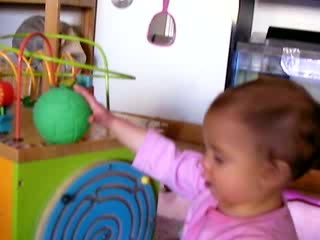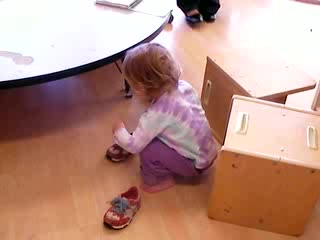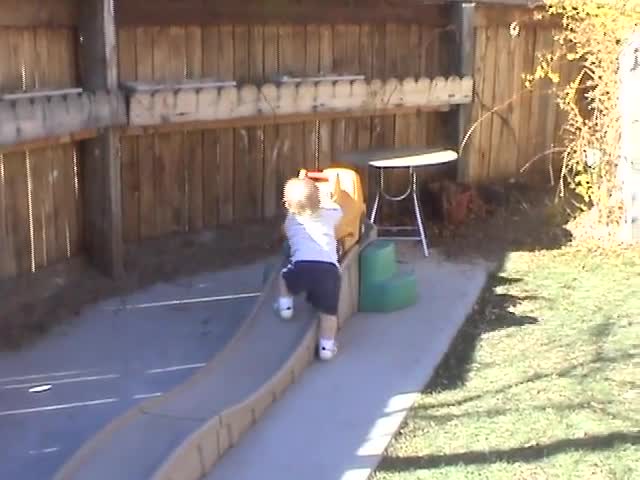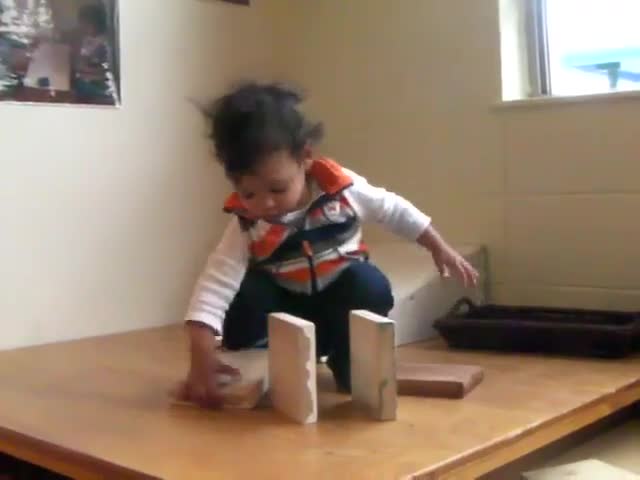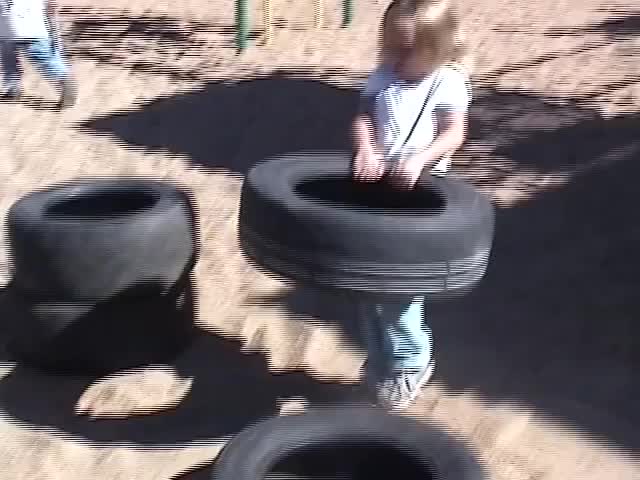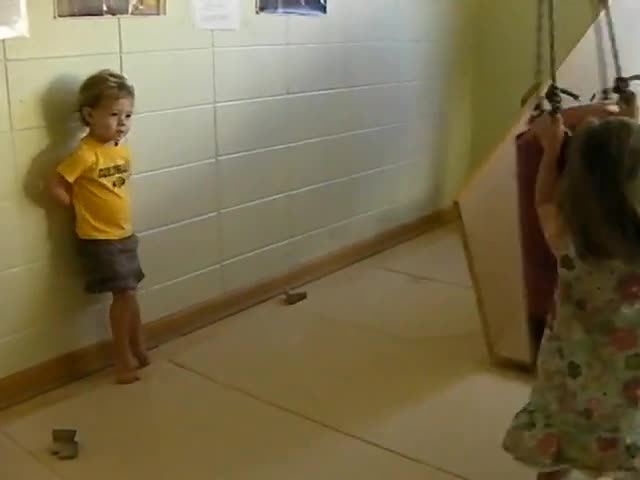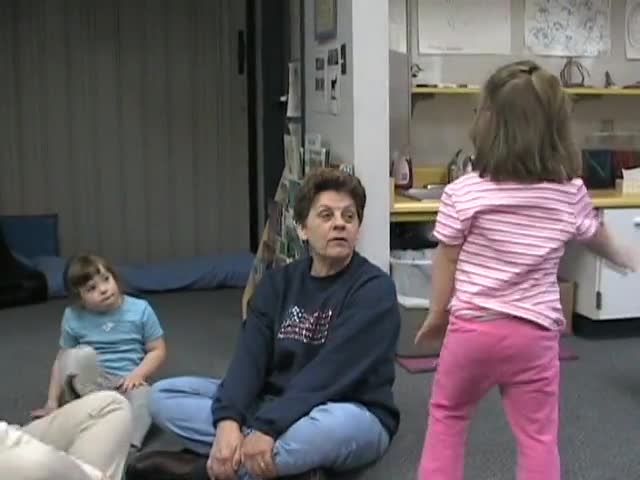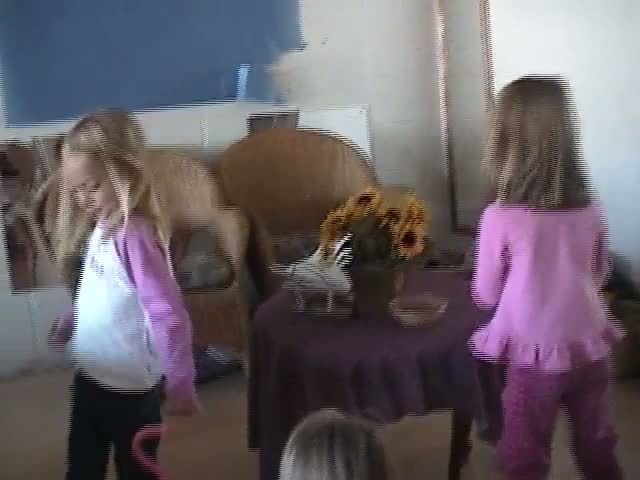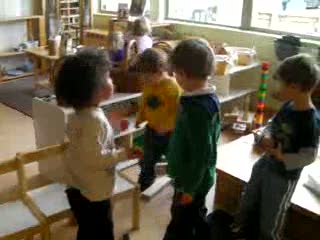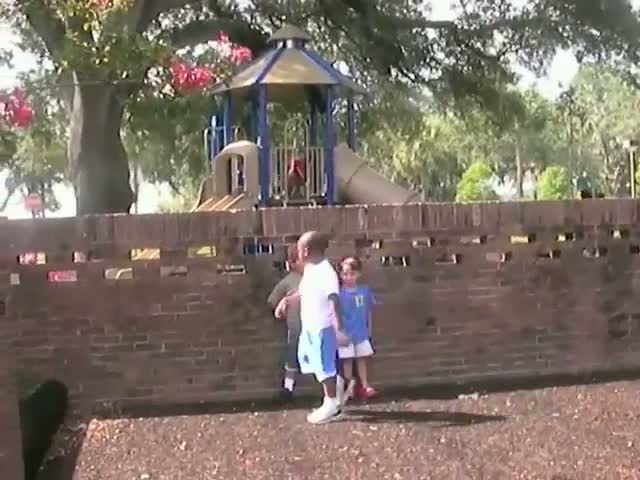Executive Function 10 videos
The term Executive Function, sometimes also called cognitive control or conscious control, refers to the child’s ability to exert deliberate, conscious control over his or her own thoughts, actions and emotions. Executive function can be defined as goal-directed behavior, including planning, self-discipline, organization, and impulse control. Executive Function involves the ability to resist habits, temptations, or distractions; the ability to hold and use information from memory; the ability to be flexible by adjusting to change; the ability to control emotions and behavior; and the ability to make decisions and carry them out. Initially, babies are stimulus-bound, reacting immediately to events near them, and oriented to the present. In infancy and early childhood children gradually acquire the ability to act in a more deliberate, focused and planful fashion. The Head Start Child Development and Early Learning Framework explains, “executive function in young children is used to describe cognitive processes that support a child’s ability to regulate attention and behavior and in turn, develop greater social, emotional, and cognitive competence” (2011). The abilities underlying executive function continue to develop well into adolescence and early adulthood. This set of video clips shows how free play helps young children develop the abilities that comprise Executive Function, subsequently supporting a child’s learning in all domains.
Self-Regulation During Year One – A 10-month-old infant soothes herself when frustrated, focuses her attention in spite of distraction, and organizes her behavior into an effective sequence, thereby exemplifying an area of development called “self-regulation.” She places a ball on a platform and then carefully moves it to the edge to watch it fall. She sequences her actions in a manner that makes the game possible. Once she slips and bumps her head but recovers quickly. She puts her game “on hold” to listen to a conversation. Although her attention is temporarily directed elsewhere, she leaves some mental space for the game so that she can pick up where she leaves off. Having these two levels of attention supports the child’s regulation of her actions toward a goal, thereby indicating the emergence of important skills underlying the infant’s executive function.
What Twos Know About Shoes – A two-year old demonstrates Executive Function by deliberately working to solve a problem. Watch as the child persists for more than two minutes in her efforts to put on her shoes. Notice that the girl has already invented strategies to make the task more manageable. For example, she sits down before attempting to put her shoes on (00:35). Also, she breaks problem down into steps that allow her degrees of success. For example, she inserts her toes inside the shoe before working to fit her heel (00:43). When she has trouble inserting her entire foot into the shoe, the girl uses her thumbs to stretch the sides of the shoe open wide (00:48). After inserting her toes, the girl works to pry up the heel that has folded inward (00:59). In the context of Executive Function, the child evidences her ability to break the problem down into smaller steps, or subfunctions. Although the goal is clear, the girl demonstrates how the solution is more challenging than may first appear. Alas, the end state is somewhat ambiguous as both feet can be fit inside either shoe.
Overcoming Obstacles – Notice that two-year-old Jack demonstrates conscious control by carrying out a series of deliberate actions as a clear means to an end while working to remove obstacles from his path. Jack, is attempting to ride a small car down a slotted ramp. The child knows that to begin his ride, he has to “park” the car at the top of the ramp where a well holds the back wheels secure. After enjoying a ride, Jack returns for a second trip down the ramp. He notices an obstacle (stroller) in the path of the car and pauses to remove it (01:40). When he returns for a third trip, Jack observes a different obstacle (pipe) in the path of the car and again removes it (02:59). On his fourth round of pushing the car up the ramp notice that Jack ignores the small doll as if he understands it will not obstruct the path of the car, but then still has difficulty seating the back wheels at the top. How does this new obstacle (green object at top of ramp) differ from the other obstacles Jack previously overcame? Notice that even though Jack becomes obviously frustrated, he shows self-discipline by being able to keep his goal in mind and persist in his efforts to solve the problem.
Examples of young children Following Through to Complete a Task:
A Clear Purpose Supports Persistence
Stacking Tires – Watch as five-year-old Jensen exhibits Executive Function by devising and executing a plan to achieve her goal – building stacks made of heavy automobile tires. Notice that Jensen indicates she has a plan in mind. As she begins to lift the large tire, Jensen points to the stack and counts, “One, two, three, four” (00:49). She then looks toward the camera and says, “The last one” (00:52).
Examples of young children demonstrating Impulse Control:
Taking Turns – a group of two-year-olds work to voluntarily control their behavior in order to engage in turn-taking with peers. The children know that taking turns involves a period of waiting and a period activity. One child asserts the “five-minute” rule as a means to negotiate turns swinging. While the children understand that time can be measured, they have trouble determining the actual time span of five minutes. The teacher offers the children a more manageable unit of time by suggesting they count from one to ten. Counting together provides the children a verbal guide by which to regulate their behavior and make the period of waiting more tenable.
Duck, Duck, Goose! – rule-bound game play
Examples of how imaginative, make-believe, or pretend play give children the opportunity to Improvise Their Own Play, to Practice Regulating Themselves, and to Invent Their Own Rules.
Sick Baby –
Breaking to Build: Boys and Blocks –
Elastic Rules Mean More Can Play –
